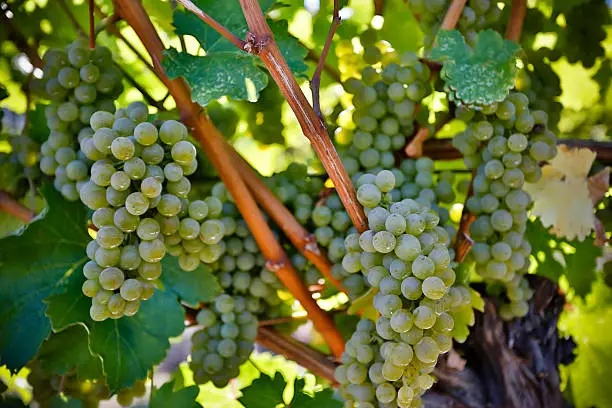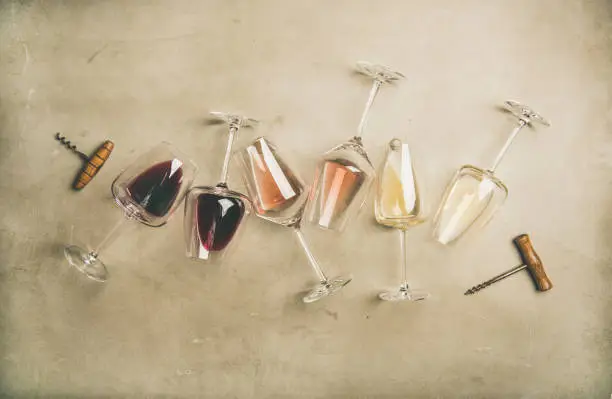If you’re just starting out in the wide world of wine tasting and wine gift buying, it can be difficult to know what type of wine will be best suited to your recipient. This is only made more so when many fine wines feature names or classifications in other languages. In this post, we’ll take a closer look at Valpolicella wines including where they come from, how they are classified, and what makes them great.
What are Valpolicella wines?
Valpolicella wines get their name from the winemaking district of the same name located in the northeast of Italy within the Veneto region. Wines are thought to have been produced here since the 6th century AD. This is largely due to its temperate climate and access to water, lying between Lake Garda and the Adriatic Sea.
In order to be classified as a Valpolicella DOC wine (Controlled Designation of Origin), wines must be made from at least 45% of the signature Corvina grape. Producers often blend this with Molinara and Rondinella grape varieties. The law surrounding Controlled Designation of Origin also considers the production area, harvested techniques, and ageing process when granting DOC status.
Classifications of Valpolicella wine
The Valpolicella region is responsible for producing five broad wine styles, each with different techniques and distinctive features. This includes:
- Valpolicella Classico – this wine style is given the classification of ‘table wine’ as they are intended to be drunk after only a short time in the bottle. They are also often cheaper than the other styles of Valpolicella wines.
- Valpolicella Superiore – a wine style known for deep colours and rich flavours. Valpolicella Superiore wines are aged for at least a year in wood.
- Amarone della Valpolicella – to create this style, winemakers use a traditional method which sees whole grapes dried and fermented. The concentrated sugars give the wine a sweet and dry aspect with a strong alcohol content.
- Recioto della Valpolicella – production of these wines follows a similar process to Amarone, except with a shorter fermentation. This causes residual sugar to be left within the wine, imparting an added sweetness.
- Valpolicella Superiore Ripasso – intended to give Classico wines a richness that’s similar to that of an Amarone through pomace maceration. This style is the youngest of the Valpolicella wines, achieving DOC status in 2009.
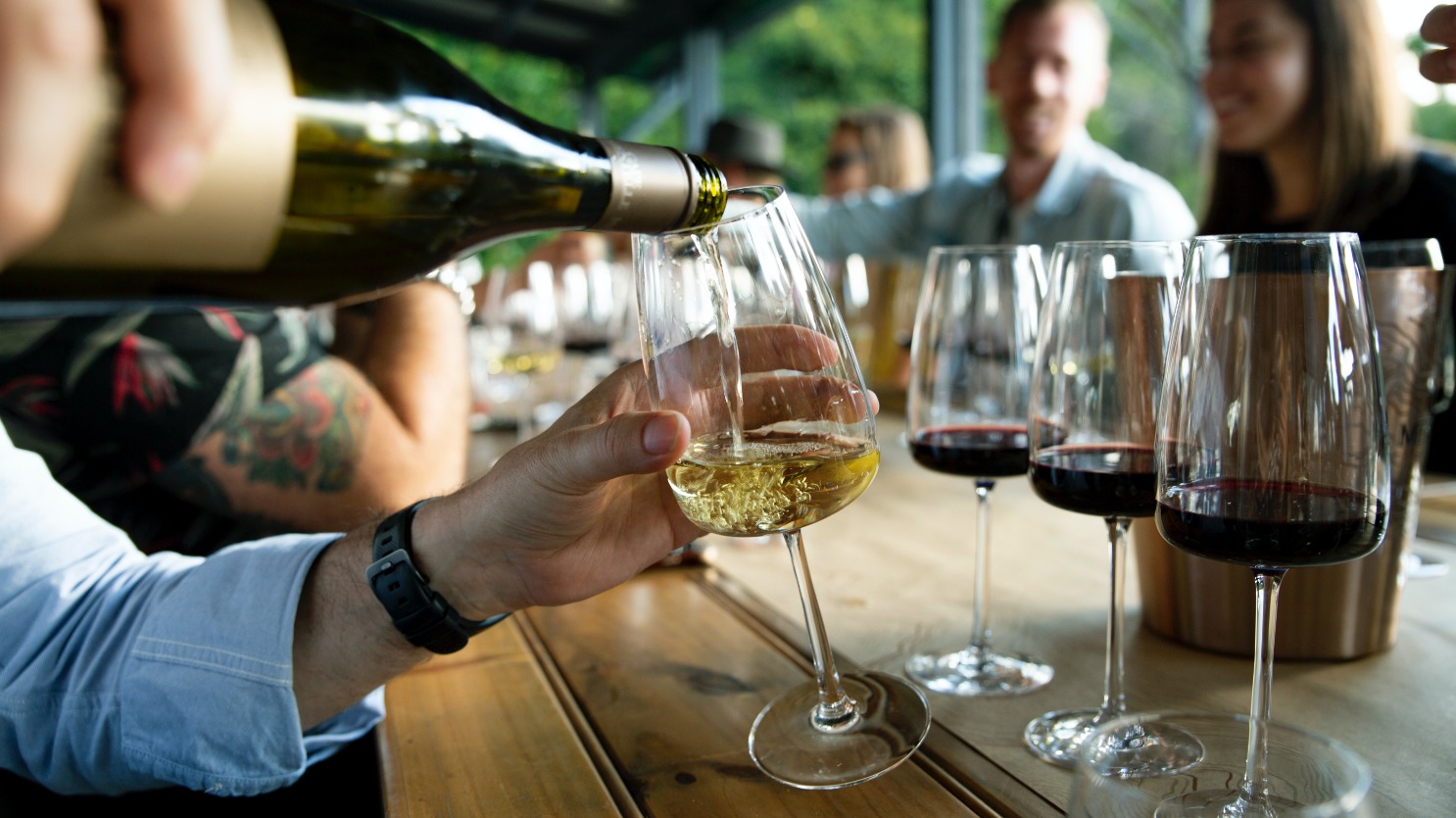 Fine Branded Corporate Gifts
Fine Branded Corporate Gifts 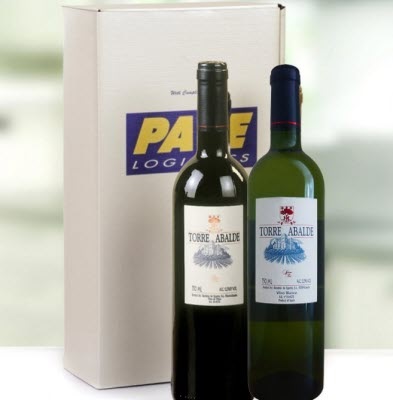 Card Wine Boxes
Card Wine Boxes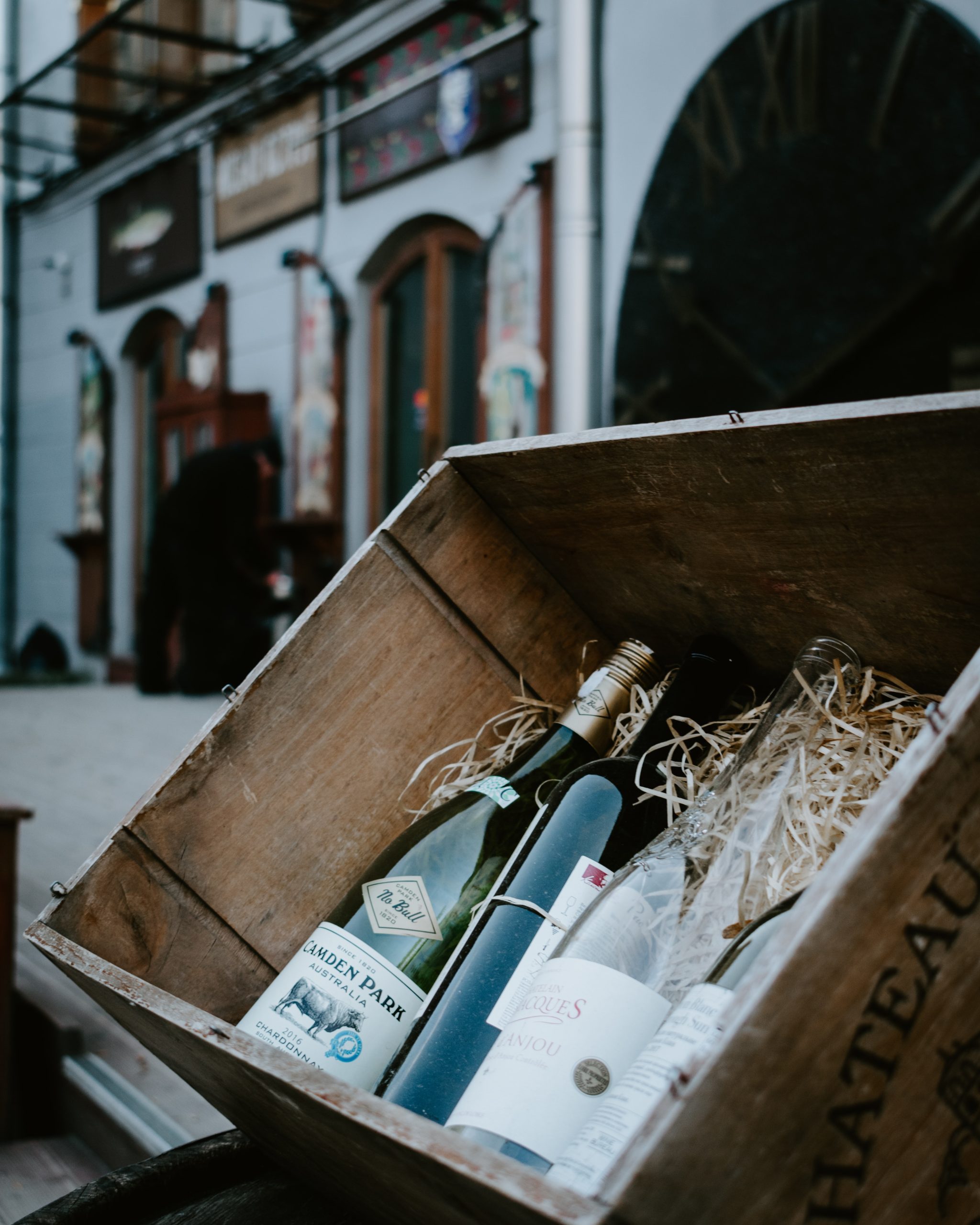 Wooden Wine Boxes
Wooden Wine Boxes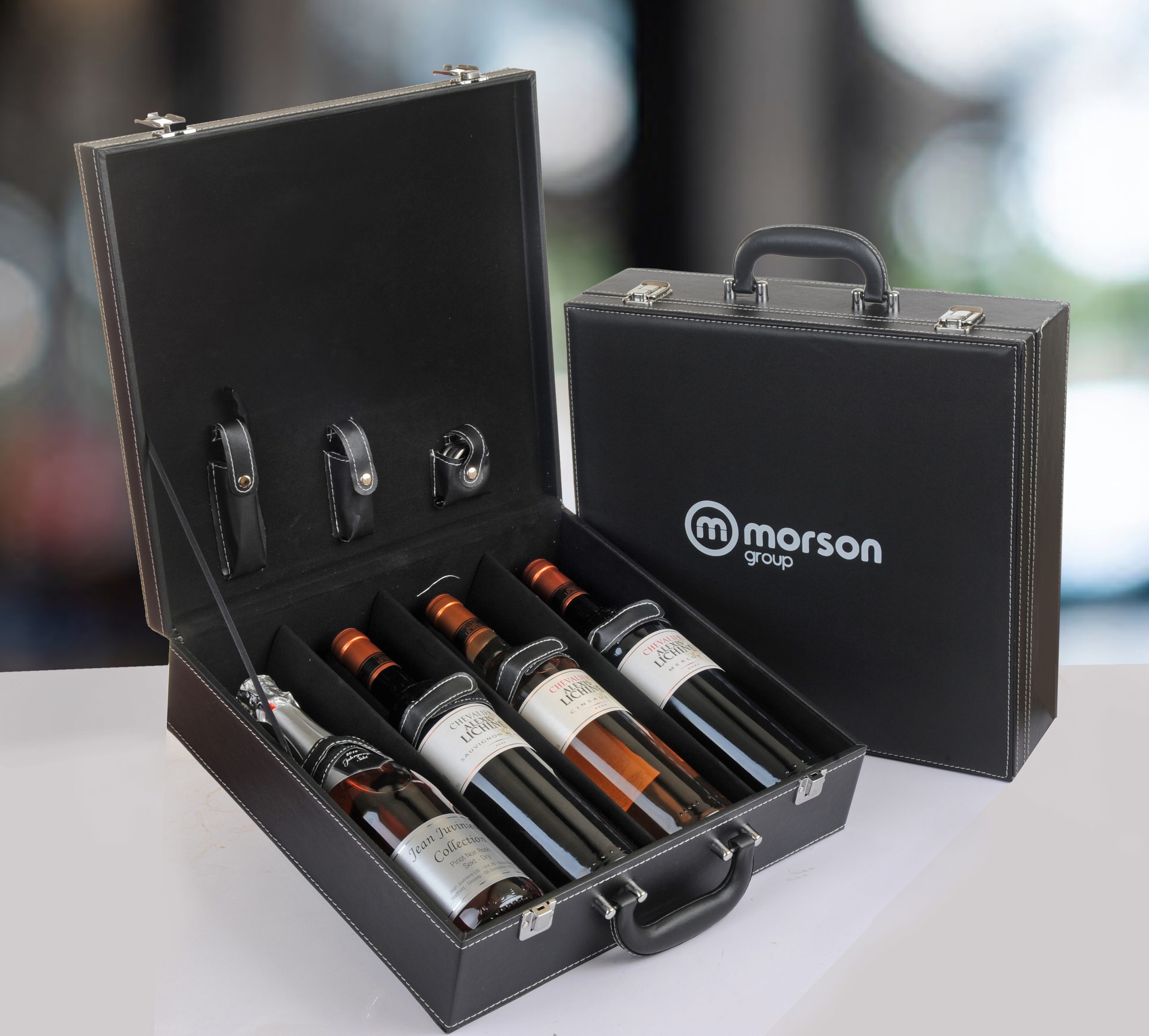 Leather Wine Boxes
Leather Wine Boxes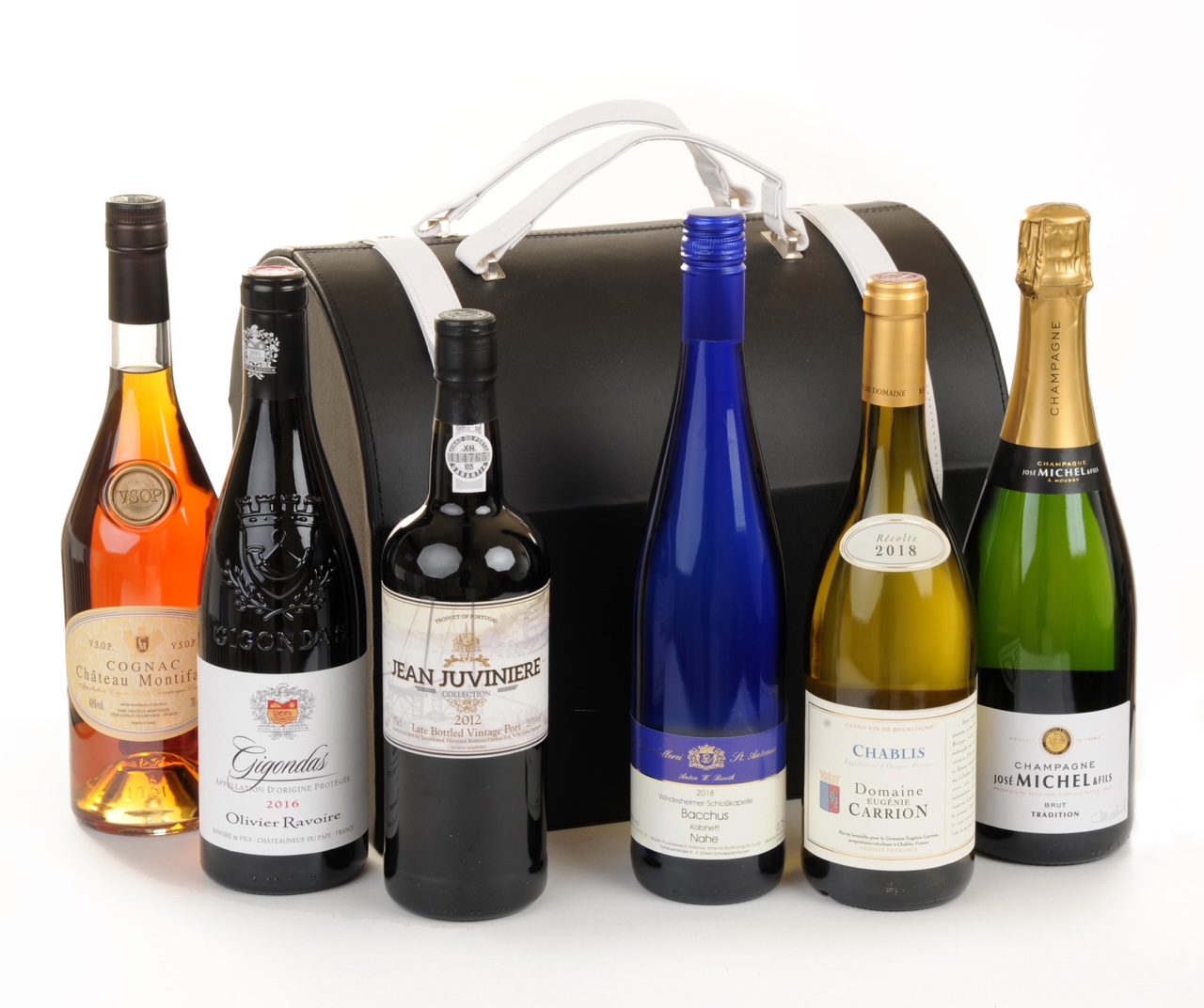 Wine Hamper
Wine Hamper Champagne Gifts
Champagne Gifts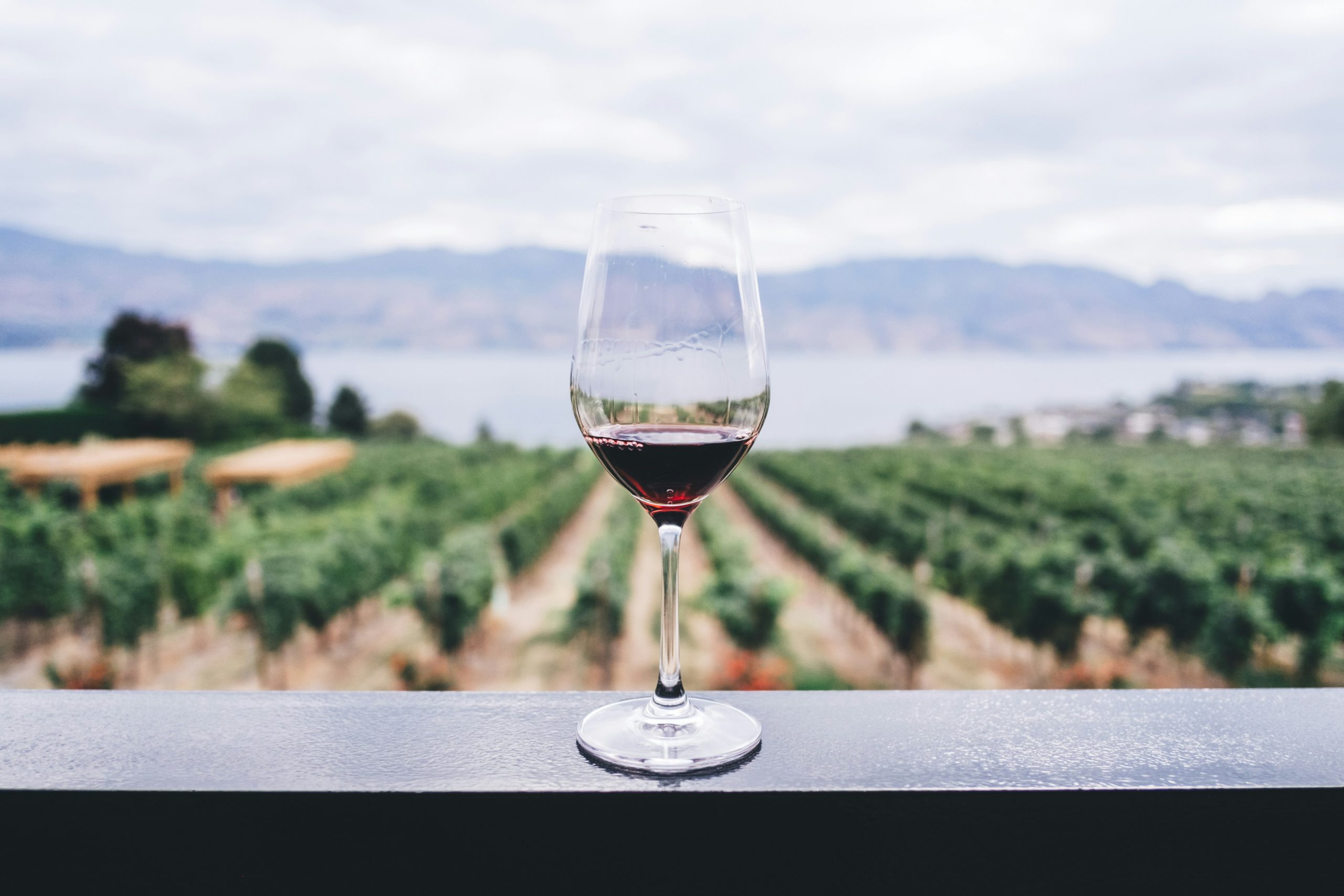 All Wine
All Wine Red Wine
Red Wine White Wine
White Wine Rose Wine
Rose Wine Sparkling Wine
Sparkling Wine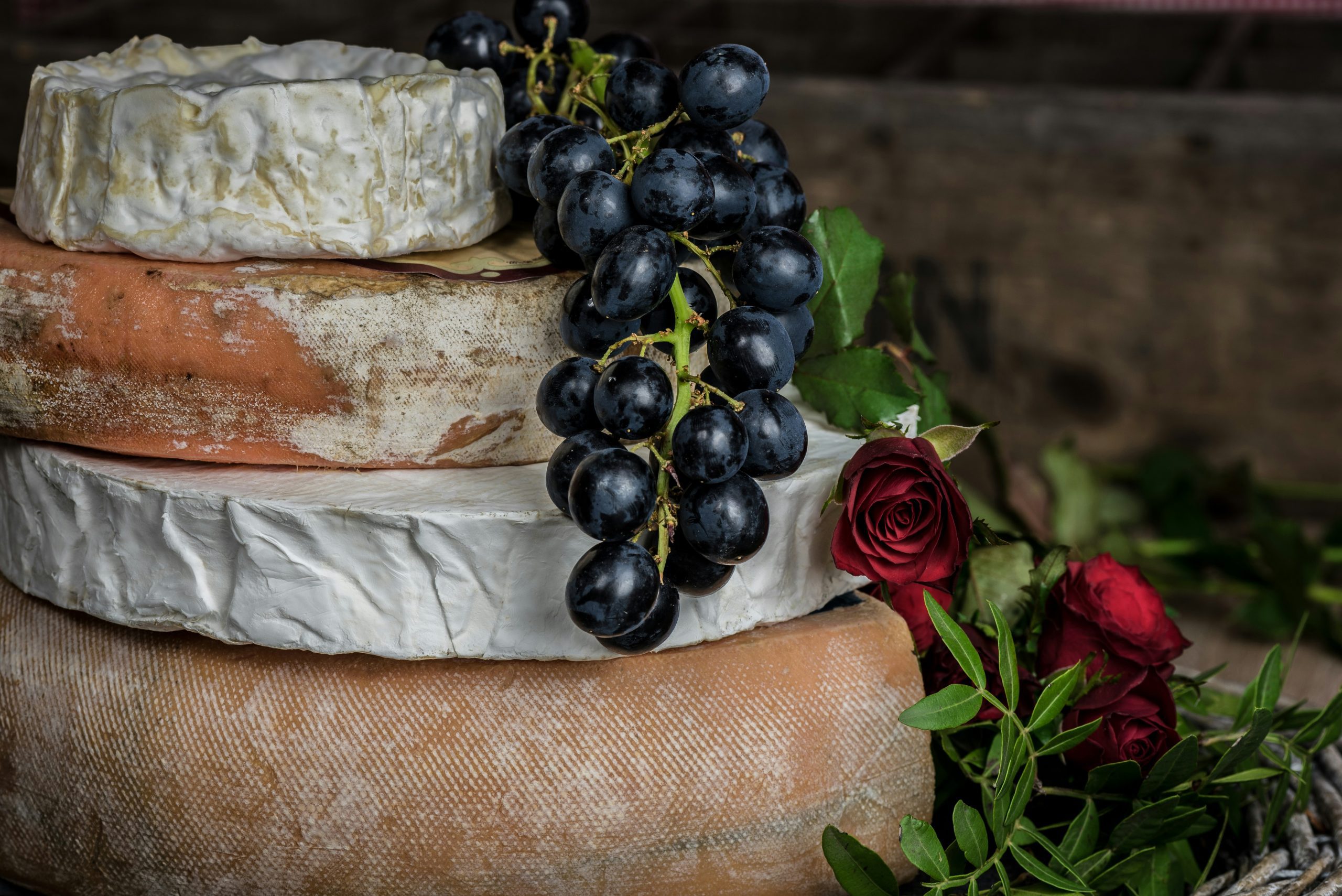 France
France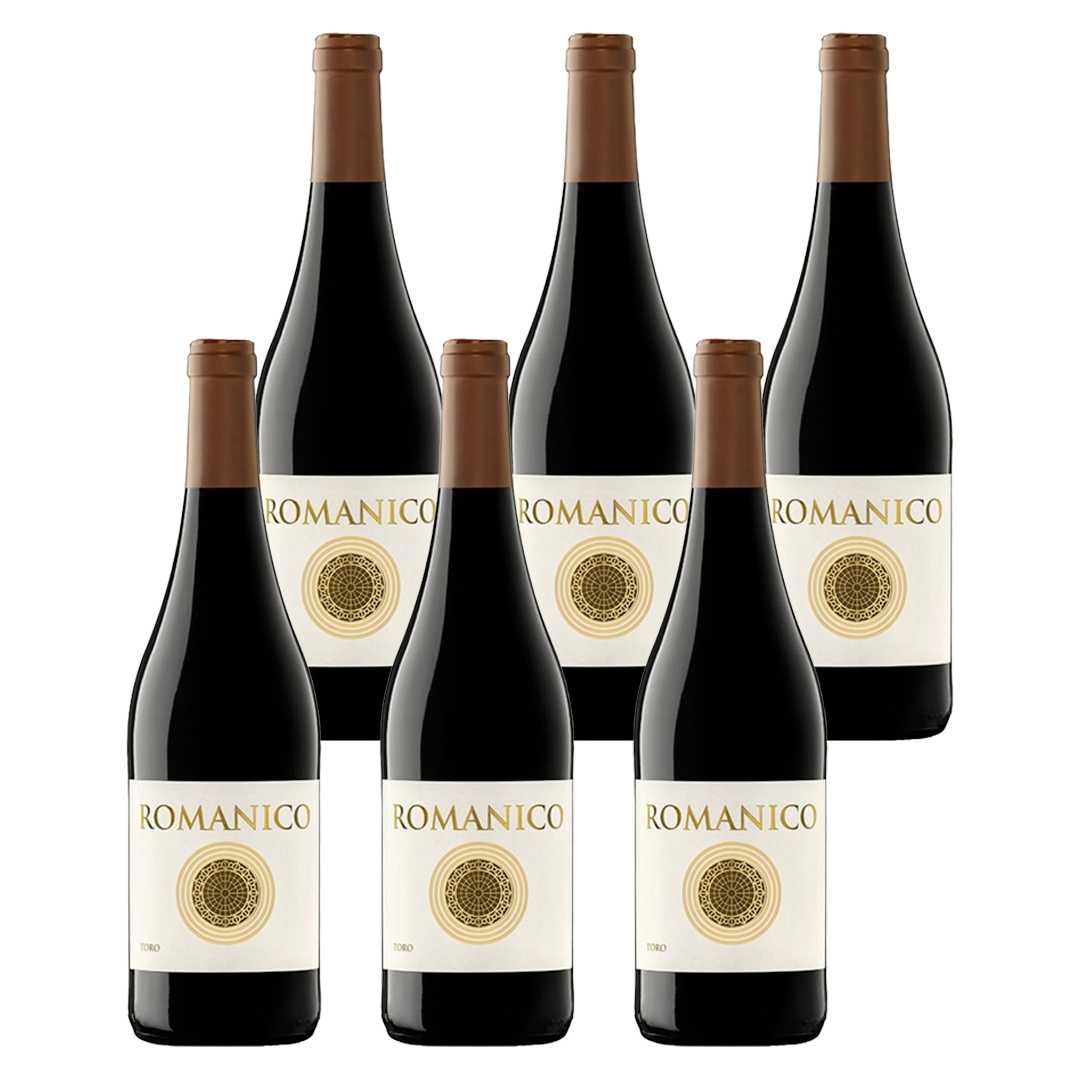 Spain
Spain Rioja
Rioja Veneto
Veneto Business Anniversary Wine Gift
Business Anniversary Wine Gift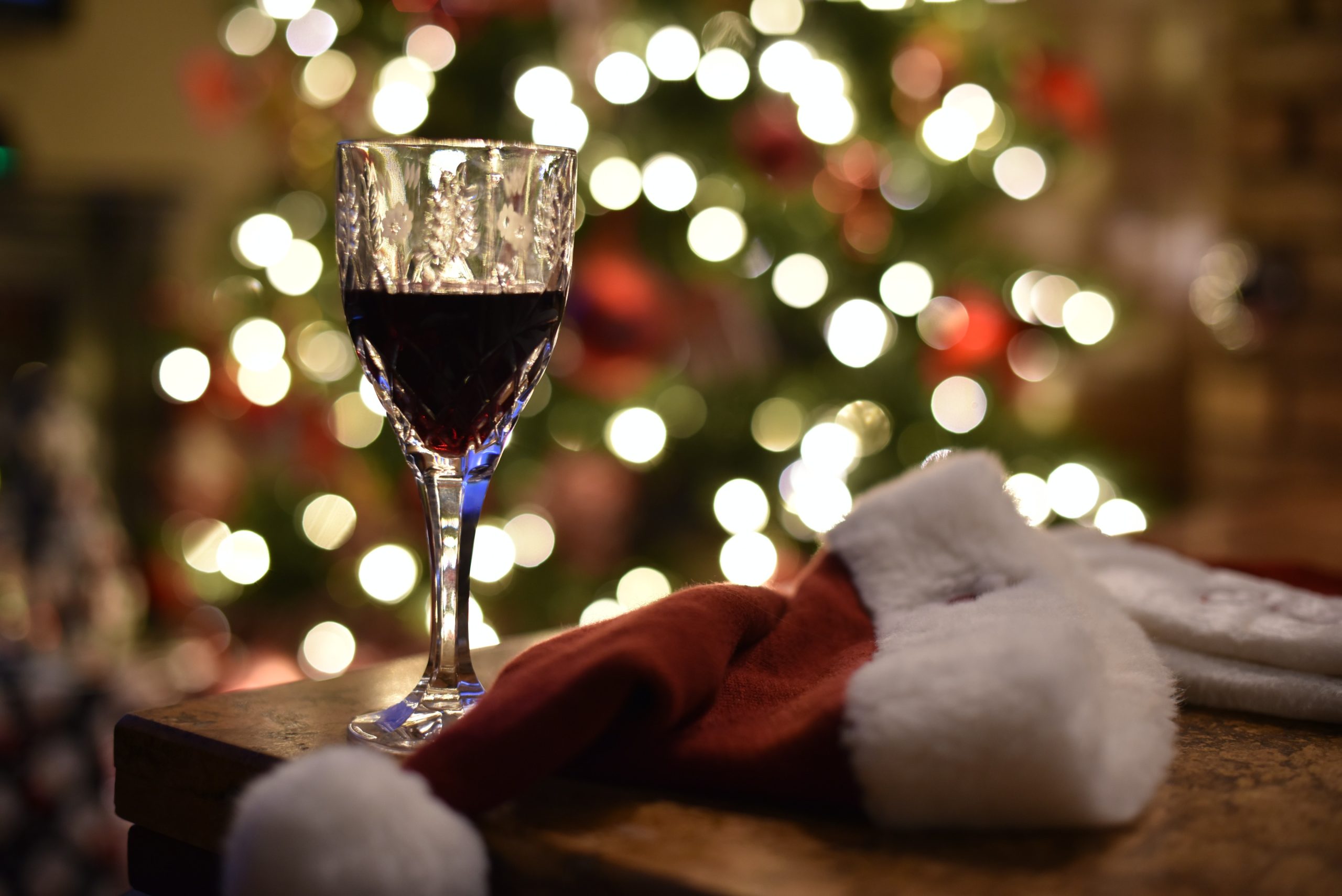 Christmas Wine Gifts
Christmas Wine Gifts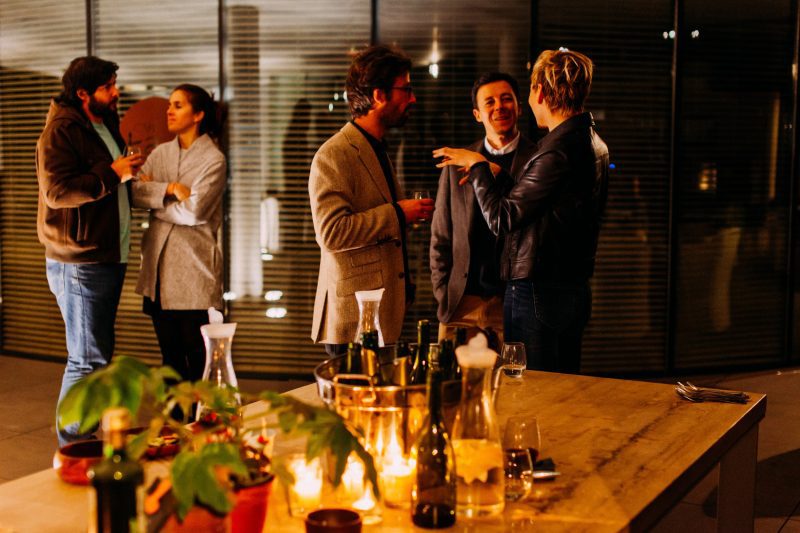 Corporate Wine Tasting
Corporate Wine Tasting Company Events
Company Events

